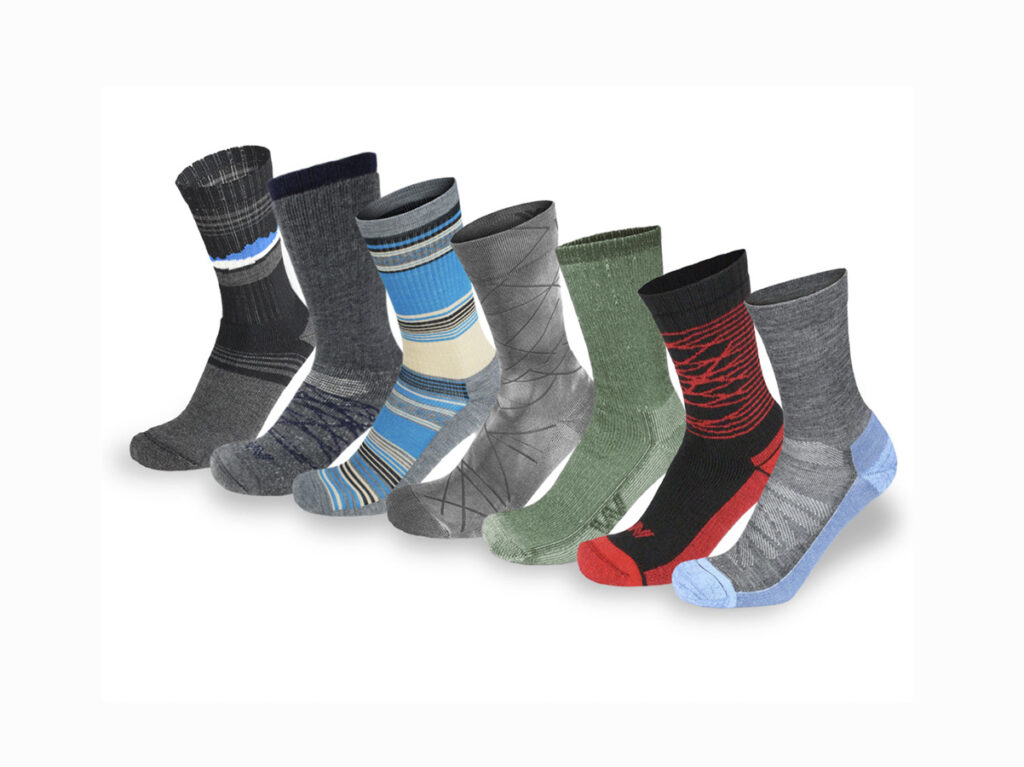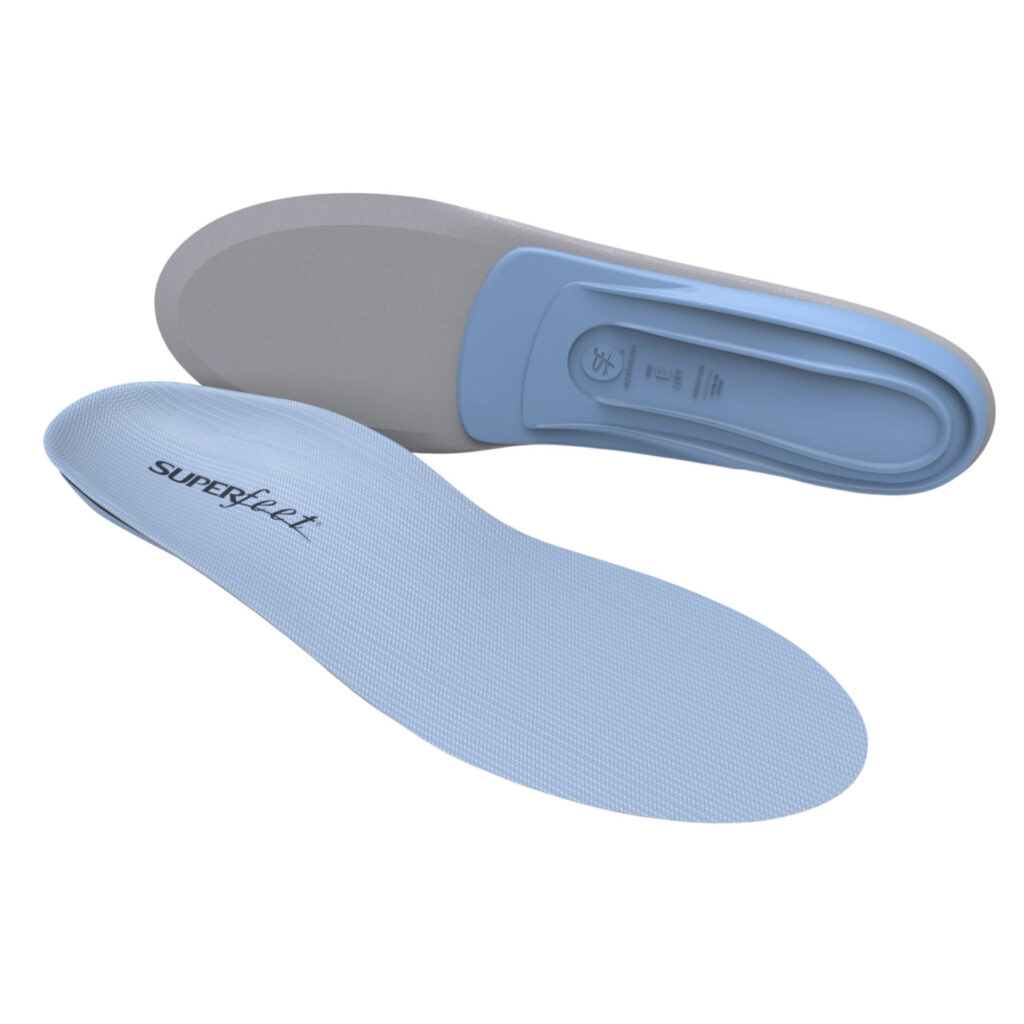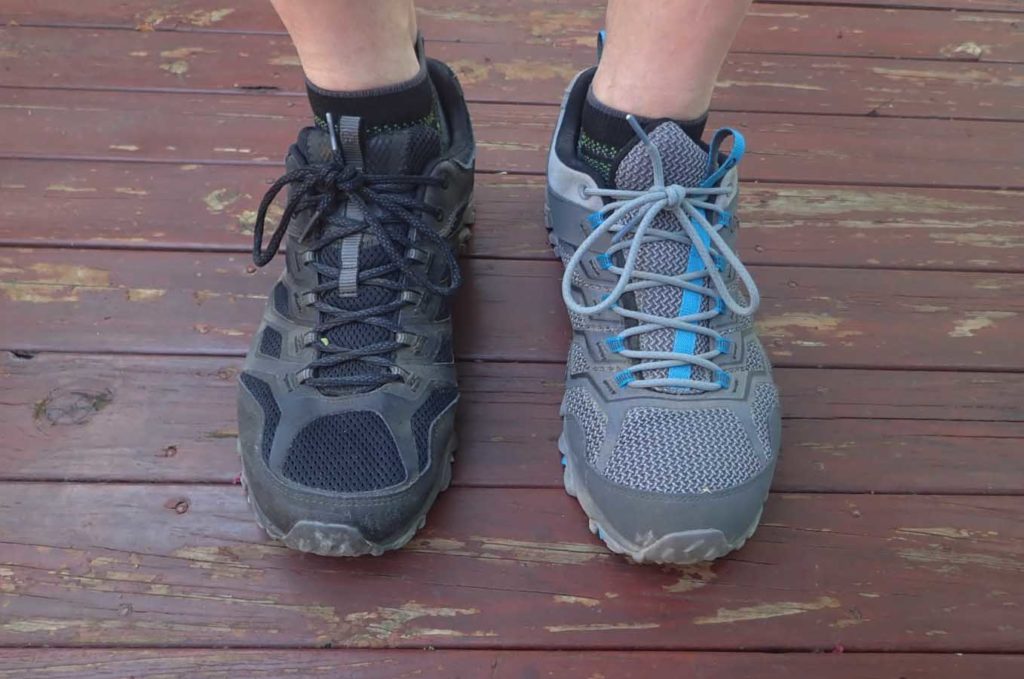Steps to choosing new hiking shoes; a bigfoots view
Footwear
Steps to Choosing Hiking Shoes; A Bigfoots View
Now I need to explain the title of this article and be upfront. At the age of twelve at a height of 168cm (5’6’) tall I had size 14 US feet (size 13 on my right foot) and you have no idea how unhappy my parents were about having to pay $150 for my school shoes (that’s the equivalent of paying $768 these days). Luckily for me I ended up topping out at 188cm (6”2”) and my feet stopped growing. My current shoe size due to many years of hiking long distance is now size 15US which is well above the average US size 10.5 for males.
Shoe size 12US and above accounts for around only 2% of males and in practical terms many manufacturers do not produce shoe sizings that I can use, and of those that do the Australian importers often don’t bring them into the country as we are outside the bell curve (one of my nephews has size 16 US feet and has great difficulty finding shoes). For my fellow Bigfoot (bigfeet?) and I, this means that our choice of shoe selection is limited and in the past there have been shoes that I would class as perfect from my perspective if only they came in my size. Choosing the right footwear is probably the most important gear choice we will make as hikers and getting this choice wrong is one of the biggest reasons for people prematurely leaving the trail.
Footwear selection is very much a personal choice because every one of us has different feet. In my case, my feet are different sizes. In selecting footwear the choices are now much greater than we ever had previously. The following is a list of criteria I use when purchasing new hiking shoes.
What to consider when choosing hiking footwear
1.What will you be using the footwear for:
-
- Type of hiking conditions e.g. on trail or off trail conditions.
- Weight of your pack.
- Do you really need hiking boots? This is a hangover from days gone by and while I do own a pair of heavy grade hiking boots, I will only wear then in certain conditions.
2. Spend what you need to regardless of the price to get correctly fitting hiking shoes. This is both length and width of the foot. This is the one product you don’t want to skimp on just to save a few dollars by buying the wrong size
3. If you’re planning on doing some serious thru hiking allow room for your feet to swell so you may go up ½-1 sizes bigger than you normally would.
- Buy for your largest foot. For most people this usually the left foot but not always.
- I buy for my left foot (size 15US), which is a full size bigger than my right.
4.Many hiking stores have ramps to walk up and down; use them to see if you toes are hitting the ends of the shoes.
- Don’t be afraid to sit there or wander around the store for a good 30 minutes.
- If purchasing online buy from a store that has a good return policy.
5. Most stores will allow you to return shoes provided they haven’t been worn outside so wander around the inside of your house for half a day to ensure that the shoes really do fit.
6. Buy footwear in the 2nd half of the day as your feet swell as the days goes on.
7. Wear the thickest pair of socks you plan on using with your proposed purchase. If this is going to dramatically vary throughout the year then you may be up for two pairs of shoes.

Socks form part of a well considered footwear system so spend time choosing the right socks
8. Don’t buy shoes that are on sale just because they are cheap. Buy them because they fit, and fit well. Price comes second.
9. If you are planning on purchasing insoles such as Superfeet, try the shoes on with the insoles.
10. Look at weight of the shoes. For each kilogram(pound) on your feet that’s the equivalent of about 5 kg(pounds) in your pack
11. Colour and appearance are considerations but this factor comes last.
12. Look at durability. This doesn’t mean buying shoes that will last the longest but if you have this option then this will help offset the eventual cost.
13. I like to buy something that I can easily replace if need be which means a shoe that is well known world wide rather than something that nobody has heard of. I want to know that if I need a replacement I know how it feels and how it will perform.
14. And last but not least talk to the professionals.

Last words
Whatever you do don’t buy purely on price. While each of us has a budget that we need to work within fit and comfort must come first; if you have a number of options to choose the one that fits comfortably. Next consider the budget; if you are only going to be hiking a couple of times a year it may not be worth spending top dollar.
Keep these steps in mind next time you purchase a new pair of hiking footwear and this will transfer into your enjoyment of your hiking long after the cost is forgotten.

Testing out shoes. These shoes are actually two different versions of the same shoe and when I’m testing out footwear I like to know what the differences are when there’s been an ‘upgrade’